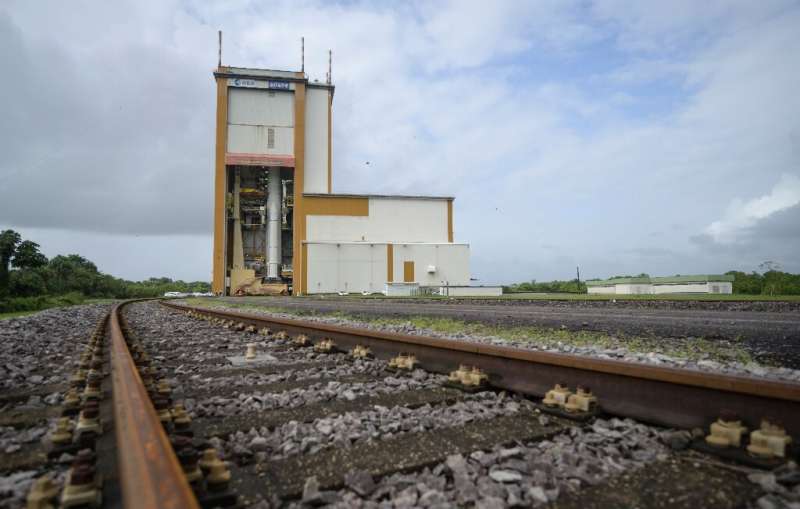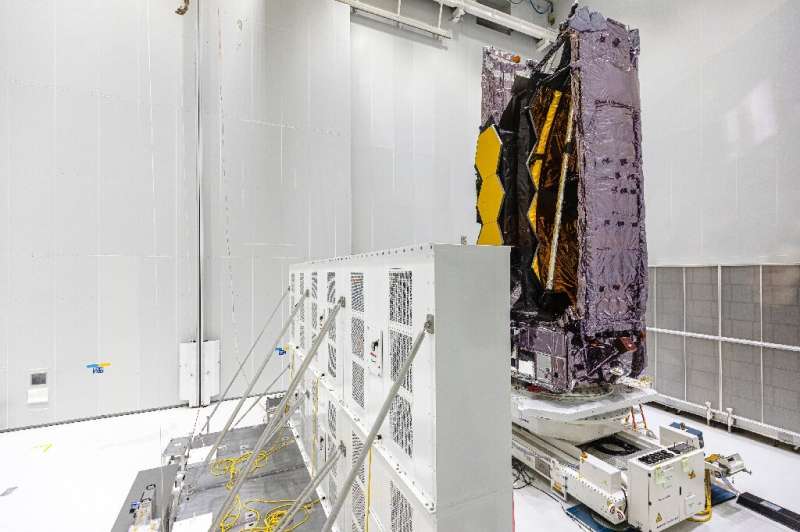This is where all the information about the launch converges—and now the forecast is finally in its favour.
The Webb telescope is expected to revolutionise the observation of the universe and astronomers and astrophysicists have been looking forward to its deployment for decades.
Its successful launch will be the start of a month-long trip after which a delicate sequence of events has to be pulled off before it will begin to beam back images from some of the farthest known reaches of space and time.
But while Webb has been 25 years and billions of dollars in the making, there is nothing to indicate any stress over this particular launch.
"Of course this project has particular importance," says Arianespace mission director Bruno Erin.
He says while his team knows the stakes are high, experience and training prevent them from feeling nervous.
On Saturday, an audience of scientists and the heads of NASA and the Canadian and European space agencies will gather to observe the control room from behind huge bay windows as it becomes a hive of activity.

'Sober' Christmas Eve
At 9:20 am local time on Saturday, the team's launch window of exactly 32 minutes will begin.
Three hours before that, a weather balloon will be sent up to analyse the many layers of the atmosphere, making sure conditions are right.
Mestre and his colleagues will have been at mission control since midnight, celebrating what he calls a "sober" Christmas Eve.
Since the Webb telescope arrived in Kourou from the US where it was built, two minor technical incidents have caused delays: the activation of an instrument only meant to engage after launch, followed by the failure of a communication system.
The weather forced a third delay.
Vincent Bertrand-Noel, flight safety engineer at CNES, says bad weather poses the biggest risk for people on the ground should the 780-tonne rocket go off course and need to be destroyed.
His unit, completely separate from the control room, has the authority to "intervene if the rocket veers outside its flight path".
In 2019 such an incident took place when a Vega satellite launcher broke in two.
If something like that happens, it's Bertrand-Noel's job to explode the rocket, transforming it into a rain of debris—an occurrence that is rare but nonetheless poses a danger to Kourou and its 25,000 inhabitants.
"Plus when there's a launch everyone goes to the beach to watch," says Bertrand-Noel.
Explore further
© 2021 AFP



